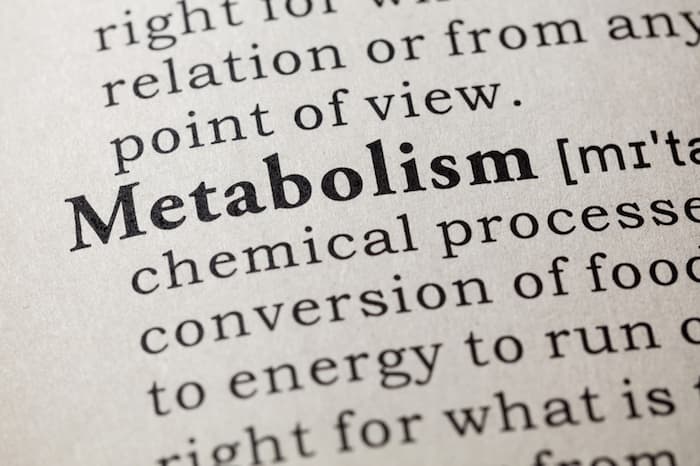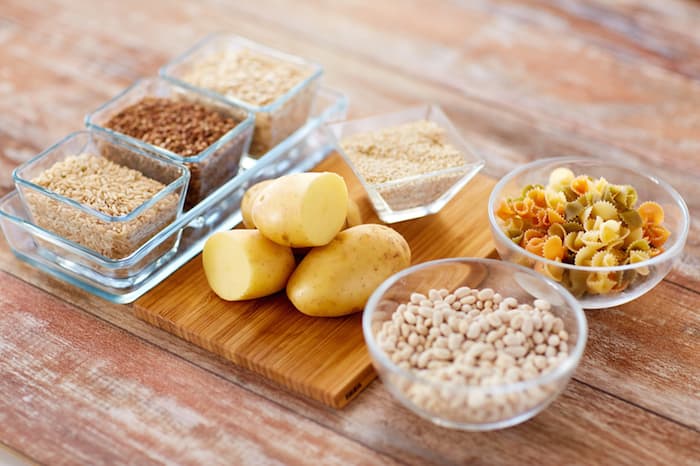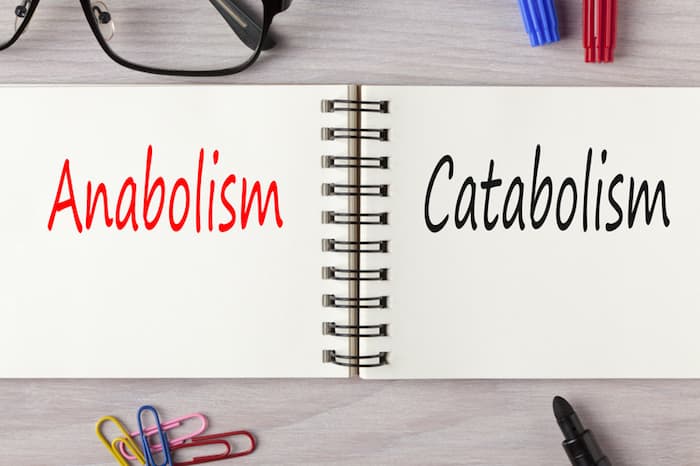- Calls to this hotline are currently being directed to Within Health or Eating Disorder Solutions
- Representatives are standing by 24/7 to help answer your questions
- All calls are confidential and HIPAA compliant
- There is no obligation or cost to call
- Eating Disorder Hope does not receive any commissions or fees dependent upon which provider you select
- Additional treatment providers are located on our directory or samhsa.gov
How Your Metabolism Works
At any given moment a multitude of chemical processes called metabolism is happening in your body. This allows for optimal functioning and homeostasis of the human body. Metabolism is defined as the sum of all chemical reactions required to support cellular function [1].
What Are the Body’s Energy Needs?
Contrary to common belief, the body needs fuel for rest, activity, and recovery. At rest, the body is working hard to keep all organ systems functioning. Even when resting the lungs need to breathe, the heart needs to beat, the kidneys need to filter and so much more. 50-80% of our daily energy needs go to these processes and is called our basal metabolic rate [2].
Basal metabolic rate or resting energy needs are impacted by a variety of factors including:
- Age
- Gender
- Height
- Weight
- Lean body mass
- Hormone levels (hypothyroidism, hyperthyroidism, PCOS, etc.)
- Restriction or dieting
- Purging behaviors
- Nutrient deficiencies
If additional energy is needed the body will call for increased nourishment to fuel daily activity and physical activity. Daily and physical activity make up about 20% of our daily energy needs [2].
The last portion of daily energy needs goes towards the energy needed to break down food for energy or also known as thermogenesis If we eat more than our body needs, the body will store the excess fat as a survival mechanism.
The Bodies Preferred Energy or Fuel
Like any well-oiled machine, the human body has a preferred fuel to support optimal functioning. For the human body, the preferred fuel is carbohydrates.
Carbohydrates
Carbohydrate foods or sugars are the primary energy source for the body. Carbohydrate foods include:
- Grains (pasta, rice, bread, etc.)
- Beans and lentils
- Milk and yogurt
- Fruit
- Sweet treats and desserts
To optimally function the body requires 45-65% of its daily energy needs or calories to come from carbohydrates.
So, once the preferred fuel, carbohydrates, is obtained or eaten how is it used?
Related Reading
- Nutrition Counseling for an Eating Disorders
- Foods That Make You Feel Good
- Physical Cues of Being Hunger and Satiety
- Dietitian Created Meal Plans
- How to Regain Healthy Weight During Recovery
- Misconceptions of Healthy Eating
- Awareness and Mindful Eating
- Appetite Awareness Essentials
- Nutrition Assessment and Care Process
- How Your Body Uses Nutrients
Functions of Metabolism
Metabolism has two categories or functions. One function is to break down molecules into energy and the other is to build, repair, and store molecules. This can also be thought of as producing energy or consuming energy [1].
Catabolism – Producing Energy
Catabolism is the initial metabolic process that involves converting food or nutrients into energy. In this process, the body breaks down macronutrients including carbohydrates, fats, and proteins to their simplest form. Once in this form, the body uses these components to produce energy. Cells in the body then use the energy to grow and reproduce [2].
Anabolism – Consuming Energy
The energy produced as a result of catabolism is then used in a process called anabolism. Anabolism is the process of building or repairing tissue in the body. This process will help to maintain or build energy storage, repair muscle tissue after exercise or injury, and support bone remodeling.
Anabolism is also important in moments of short negative energy balance [1]. Think of this as moments between meals or while sleeping, where the body has worked through the energy from its last meal. Blood glucose levels may start to drop, and the body recognizes a need for fuel.
A process called gluconeogenesis is activated in the liver when glucose levels in the blood are low [1]. In this process, glucose molecules are built from certain amino acids, otherwise known as protein building blocks. Once glucose is produced, the body will release it into the bloodstream to return to homeostasis.
Anabolism also supports building nutrient storage in the body when energy levels are high. This process is referred to as glycogenesis [1]. This will support glucose (glycogen) storage in muscle and the liver and fat (triglyceride) storage in adipose tissue.
Using Carbohydrates as Fuel:
Catabolism starts as soon as we eat carbohydrates. Amylase, an enzyme in saliva, starts to break down carbohydrates while chewing. As digestion continues carbohydrates are broken down into monosaccharides or smaller sugar molecules.
Monosaccharides are easily absorbed into the bloodstream and transported to cells throughout the body. Once smaller sugar molecules, glucose, arrive at cells the 3 stages of catabolism initiate [1]. The 3 stages are:
- Glycolysis
- Krebs Cycle (Citric Acid Cycle)
- Electron Transport Chain
Glycolysis occurs in the cytosol of the cell and is where glucose is broken down. The process will produce two energy molecules or adenosine triphosphate (APT) and form two pyruvate molecules [1].
The pyruvate molecules are then transported to the mitochondria, the energy factory of the cell. Upon entering the mitochondria pyruvate is transformed into two acetyl-CoA molecules. This is the start of the Krebs Cycle [1].
The Krebs Cycle works to break chemical bonds and produce energy. As a result, producing two more ATP or energy molecules and produces high-energy electrons. The high-energy electrons then enter the final stage of catabolism, the electron transport chain [1].
The electron transport chain is the final stage of catabolism and takes place in the inner mitochondria [1]. This final step produces the majority of the ATP, 34 ATP molecules. This energy then is put to work in anabolism.
What Happens When Carbohydrates are missing?
If we think about a car running on the wrong fuel it can function for some time but will eventually require repair and parts to be replaced. The same thing happens for the human body.
Can the human body use fats and protein for energy to fuel the brain, orange, issues? Yes, but this is meant to be a backup until carbohydrates can be adequately consumed.
Fats
When carbohydrate stores are exhausted, or glucose is low the body can use fat for energy. The breakdown of fat will form ketones that can be used for energy [1].
The important point here is that the brain prefers carbohydrates but can utilize ketones for energy. If used long-term it may lead to health complications.
Proteins
As a last resort, the body will turn to protein stores for energy. In a state of starvation, this may include the body feeding on its own lean muscle tissue and organs.
The body is built to survive and to survive our metabolism or engine must keep running. In order to optimally function fuel must remain constant and we must tune into and be willing to hear hunger and satiety.
Citations:
[1] Metabolism – Better Health Channel. (n.d.). Better Health Channel. Retrieved September 16, 2021, from https://www.betterhealth.vic.gov.au/health/conditionsandtreatments/metabolism [2] Libretexts. (2020, August 14). 4.1: Metabolism Overview. Medicine LibreTexts. https://med.libretexts.org/Courses/American_Public_University/APU%3A_Basic_Foundation_of_Nutrition_for_Sports_Performance_(Byerley)/04%3A_Metabolism_and_Energy/4.1%3A_Metabolism_OverviewAuthor: Raylene Hungate, RDN,LD/N
Page Last Reviewed and Updated on October 12, 2021 by Jacquelyn Ekern MS, LPC




